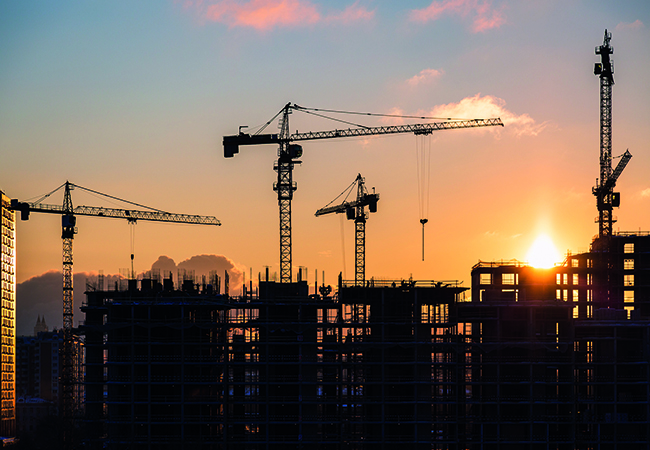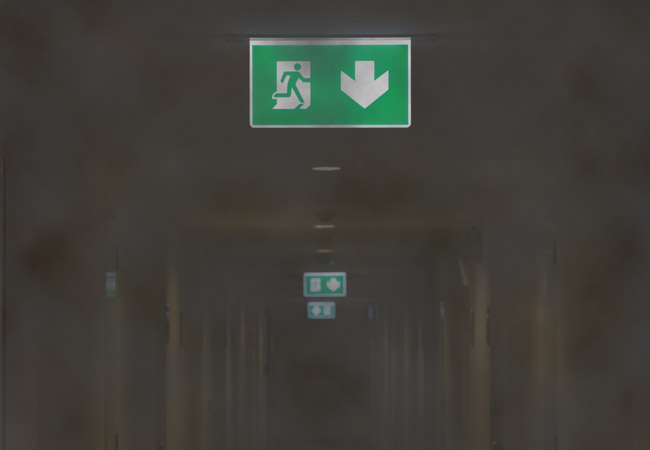
In late 2024, a newly constructed high-rise residential building was undergoing final safety inspections before occupation. Designed to meet modern safety standards, the building required thorough review by regulatory bodies, including the Building Safety Regulator (BSR) and London Fire Brigade (LFB). This review aimed to ensure that all fire safety systems, evacuation measures and firefighting provisions met the highest standards before residents moved in.
During the inspection process, BSR identified significant safety issues. The findings at a separate high-rise development undergoing review by BSR further reinforced the importance of strict regulatory oversight in ensuring compliance with the Building Safety Act 2022. An inspection by the principal fire engineer at LFB, discovered critical issues across multiple fire safety systems. Key concerns included:
- Firefighting facilities: inadequate compartmentation in risers, unsecured riser doors, incorrect lift operation in emergency scenarios, and ineffective communication systems in firefighting lifts
- Fire suppression systems: non-compliance with sprinkler system standards, inadequate water supply to upper floors, and potential failure of pumps because of poor installation
- Smoke control issues: ineffective smoke extract in residential corridors and basement areas, risking firefighter safety and reducing visibility in an emergency
- Power and emergency systems: non-diverse routing of primary and secondary power supplies, leading to increased failure risk during fires
- Wayfinding and evacuation measures: missing or unclear wayfinding signage, lack of an evacuation lift, and a single stairwell design, creating potential bottlenecks in an emergency.
With such significant deficiencies identified, BSR worked closely with the developers, fire safety engineers and LFB to ensure full remediation before occupation could be permitted.
They used the results of the survey to inform the development of their engagement strategy for the block. The information gathered ensured their strategy met the specific needs and preferences of the residents.
The BSR’s building control function played a pivotal role in ensuring that these critical safety issues were addressed before the building was approved for residents to move in.
Ensuring a safe building
The process of making the building safe included:
Rigorous inspection and verification:
- BSR conducted additional site inspections, cross-checking findings with LFB assessments to ensure fire safety measures met requirements in the Building Safety Act 2022 and Approved Document B
- Independent fire safety engineers were brought in to validate the integrity of passive and active fire protection systems.
Enforcement and compliance:
- The regulator blocked occupation approval until all deficiencies were fully rectified, ensuring that residents would not be placed at risk
- Formal compliance notices were issued to developers, requiring adherence to BS 9991, BS EN 81-72 and BS 9251 fire safety standards.
Collaborative problem-solving:
BSR facilitated technical discussions between developers, fire engineers and LFB, leading to practical solutions for complex safety concerns, including:
- Smoke control inefficiencies that required extensive system modifications
- Sprinkler system deviations that necessitated design reviews and upgrades
- Re-testing and full recommissioning of fire safety systems, mandated by BSR before approval would be granted.
Enhancing future safety standards:
- The case reinforced the need for stricter enforcement of fire safety rules in new high-rise developments.
- BSR used the findings to inform future policy updates and best practices for developers and building control professionals.
Following BSR’s intervention, the developers implemented the required corrective actions, including:
- Securing all firefighting riser doors
- Reconfiguring firefighter lift controls to prevent unsafe lift operation in fire emergencies
- Upgrading the smoke control system to ensure effective smoke extraction and fire containment
- Installing a fully operational, standards-compliant sprinkler system
- Enhancing wayfinding signage and ensuring power supplies were separated correctly.
Once all systems were re-tested and certified, BSR granted final approval for occupation.
Conclusion
This case highlights the critical role of BSR in holding developers accountable for fire safety compliance. By preventing occupation until all deficiencies were resolved, BSR demonstrated its commitment to prioritising resident safety.
The case also reinforced the importance of collaboration between fire engineers, developers and BSR in achieving truly fire-resilient buildings. l
For more design issues identified by the BSR, visit bit.ly/CJBSRPW25

